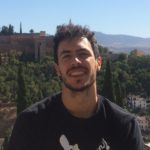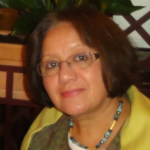Lien DOI – 10.1016/j.patter.2020.100170
Patterns, 2021
Current research on cellular motility is moving toward richer experimental setups with the aim of reproducing physiologically relevant conditions. In response to the consequent increase in imaging complexity and data throughput, the quantitative analysis of moving cells is shifting from what has been long perceived as a supporting role to that of a leading vehicle of discovery that can not only fill in for human labor without burden but also complement and extend our intuition. In this review, we explain that this role is not new and that, in fact, bioimage analysis (BIA) has already been instrumental to the discovery of many multi-factor and non-linear phenomena in biology. We take advantage of this continued interplay between biology and BIA to organically motivate a wide range of available techniques and conceptual frameworks that researchers can leverage to tackle their questions on cell motility, both now and in the near future. In this way, the manuscript doubles as a broad technical reference.
Bioimage analysis (BIA) has historically helped study how and why cells move; biological experiments evolved in intimate feedback with the most classical image processing techniques because they contribute objectivity and reproducibility to an eminently qualitative science. Cell segmentation, tracking, and morphology descriptors are all discussed here. Using ameboid motility as a case study, these methods help us illustrate how proper quantification can augment biological data, for example, by choosing mathematical representations that amplify initially subtle differences, by statistically uncovering general laws or by integrating physical insight. More recently, the non-invasive nature of quantitative imaging is fertilizing two blooming fields: mechanobiology, where many biophysical measurements remain inaccessible, and microenvironments, where the quest for physiological relevance has exploded data size. From relief to remedy,this trend indicates that BIA is to become a main vector of biological discovery as human visual analysis struggles against ever more complex data.



